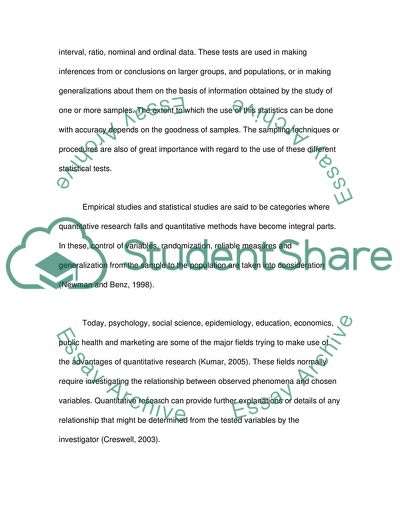Cite this document
(Research Methods Essay Example | Topics and Well Written Essays - 1500 words - 3, n.d.)
Research Methods Essay Example | Topics and Well Written Essays - 1500 words - 3. https://studentshare.org/education/1745663-research-methods
Research Methods Essay Example | Topics and Well Written Essays - 1500 words - 3. https://studentshare.org/education/1745663-research-methods
(Research Methods Essay Example | Topics and Well Written Essays - 1500 Words - 3)
Research Methods Essay Example | Topics and Well Written Essays - 1500 Words - 3. https://studentshare.org/education/1745663-research-methods.
Research Methods Essay Example | Topics and Well Written Essays - 1500 Words - 3. https://studentshare.org/education/1745663-research-methods.
“Research Methods Essay Example | Topics and Well Written Essays - 1500 Words - 3”. https://studentshare.org/education/1745663-research-methods.


